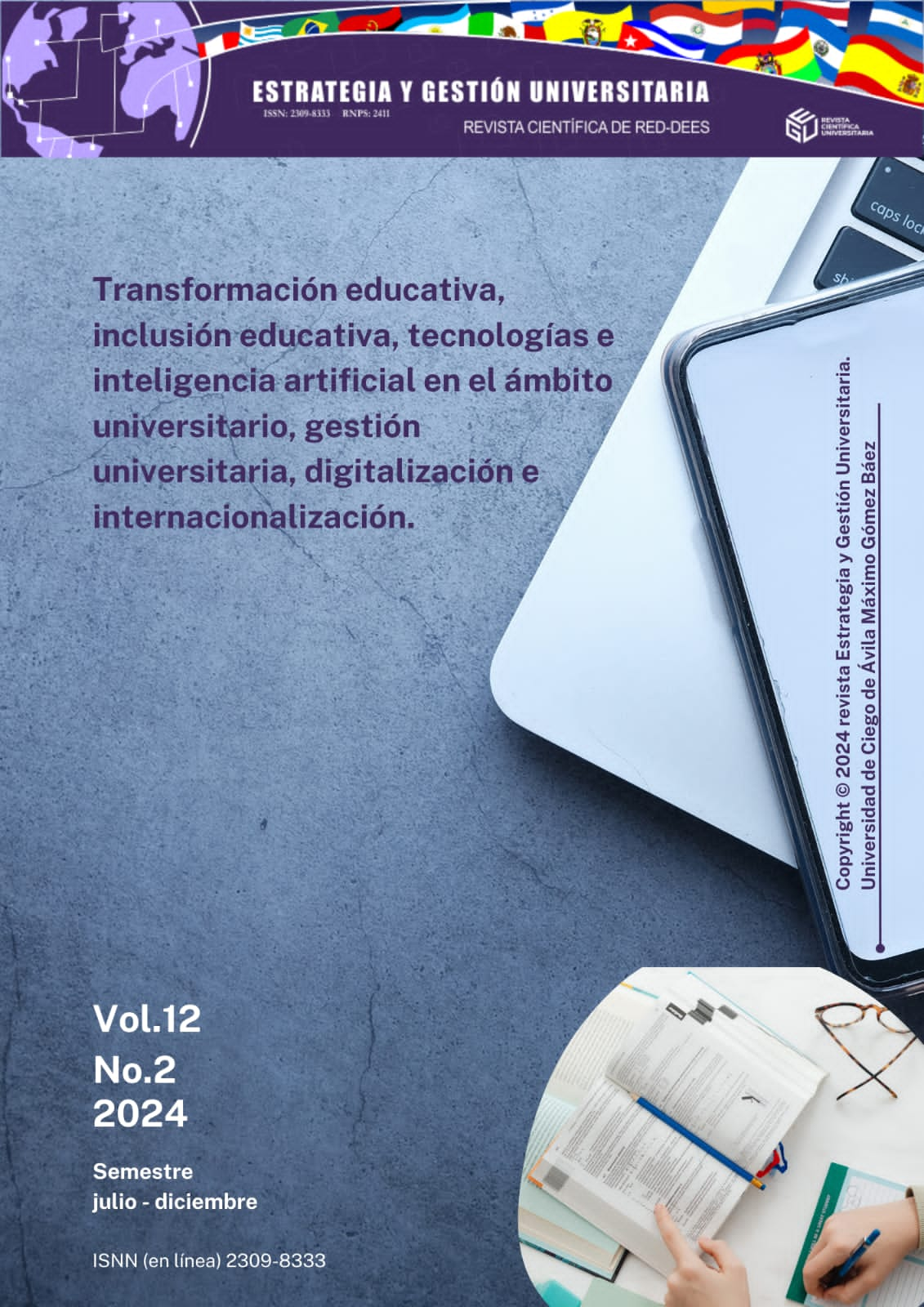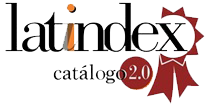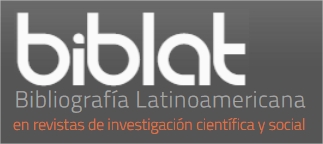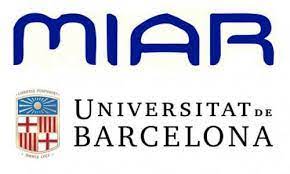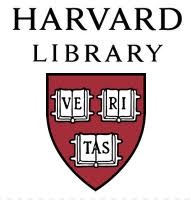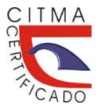Visibilidad de la producción científica en la Universidad de San Carlos de Guatemala
DOI:
https://doi.org/10.5281/zenodo.14366339%20%20Palabras clave:
producción científica, internacionalización, visibilidad, transparencia, presenciaResumen
Introducción: la producción científica es un indicador clave del desempeño y la calidad académica de las universidades, al ser un factor determinante para su visibilidad. Objetivo: analizar la producción científica en la Universidad de San Carlos de Guatemala (USAC) sobre la base de indicadores cualitativos como la cantidad de citas, afiliación, colaboración internacional, participación en redes de investigación, resultados en rankings globales y la calidad de la producción científica. Metodología: enfoque cualitativo, diseño documental y análisis de contenido. Se examinaron bases de datos bibliográficas, informes de autoevaluación institucional y rankings internacionales para identificar tendencias y determinar el impacto de las acciones implementadas por la USAC en los últimos años. Resultados: aunque la USAC ha incrementado su visibilidad en ciertas dependencias, aún enfrenta desafíos significativos en cuanto a la cantidad de citas y su presencia en revistas de alto impacto. La afiliación y la colaboración internacional han mejorado, pero es necesario diseñar estrategias más sólidas para asegurar el cumplimiento de indicadores de calidad y mejorar la posición de la universidad en los rankings globales. Conclusión: la USAC tiene el potencial para aumentar su visibilidad desde su producción científica, por lo que debe enfocarse en mejorar la calidad de sus publicaciones, fortalecer la colaboración internacional y participar en redes de investigación.
Descargas
Citas
Altbach, P. G., & De Wit, H. (2020). The future of internationalization of higher education. International Higher Education, 62, 2-3. https://doi.org/10.6017/ihe.2010.62.8535
Bornmann, L., & Leydesdorff, L. (2018). Skewness of citation impact indicators in scientific disciplines. Journal of Informetrics, 12(3), 860-874. https://doi.org/10.1016/j.joi.2018.07.009
Bornmann, L., & Marx, W. (2014). How good is research really? Measuring the citation impact of publications with percentiles increases correct assessments and fair comparisons. Journal of the Association for Information Science and Technology, 65(4), 740–749. https://doi.org/10.1002/asi.23072
Boshoff, N. (2021). The impact of scientific collaboration on research visibility in African countries. Scientometrics, 126(3), 2465-2485. https://doi.org/10.1007/s11192-020-03863-4
Bowen, G. A. (2009). Document analysis as a qualitative research method. Qualitative Research Journal, 9(2), 27-40. https://doi.org/10.3316/QRJ0902027
Creswell, J. W., & Poth, C. N. (2018). Qualitative inquiry and research design: Choosing among five approaches (4th ed.). Sage Publications.
De Filippo, D., & Sanz-Casado, E. (2018). International collaboration in scientific research: New data and tools for the analysis of collaboration patterns. Journal of Informetrics, 12(1), 133-140. https://doi.org/10.1016/j.joi.2017.12.002
Díaz, A., & Gutiérrez, M. (2019). The impact of international collaboration on scientific visibility in developing countries. Scientometrics, 120(3), 1021-1039. https://doi.org/10.1007/s11192-019-03148-6
Glänzel, W., & Schubert, A. (2004). Analyzing scientific networks through co-authorship. Handbook of Quantitative Science and Technology Research, 257–276. https://doi.org/10.1007/1-4020-2755-9_12
Glänzel, W., & Schubert, A. (2019). Analytical and synthetic strategies in bibliometric research evaluation. Scientometrics. https://doi.org/10.1007/s11192-019-03023-8
Halevi, G., Moed, H., & Bar-Ilan, J. (2017). Suitability of Google Scholar as a source of scientific information and citations. Journal of Informetrics, 11(3), 679–689. https://doi.org/10.1016/j.joi.2017.05.002
Hazelkorn, E. (2018). Global rankings and the geopolitics of higher education: Understanding the influence and impact of rankings on higher education, policy and society. Routledge. https://www.routledge.com/Global-Rankings-and-the-Geopolitics-of-Higher-Education-Understanding-the-influence-and-impact-of-rankings-on-higher-education-policy-and-society/Hazelkorn/p/book/9781138828124?srsltid=AfmBOorYVnGHmgJOenpx2Fo9MB0IQG_DADb75lsT2Dqulo3VRKZCEeZx
Hinojo Lucena, F. J., Marichal Guevara, O. C., Cáceres Reche, M. P., & Barrientos Piñeiro, C. A. (2022). Aportes de investigación derivados de la Red Iberoamericana de Investigación en Liderazgo y Prácticas Educativas (RILPE). Dykinson S.L. https://www.dykinson.com/libros/aportes-deinvestigacion-derivados-de-la-red iberoamericana-de-investigacion-enliderazgo-y-practicas-educativas rilpe/9788411226318/
Hirsch, J. E. (2005). An index to quantify an individual’s scientific research output. Proceedings of the National Academy of Sciences. https://doi.org/10.1073/pnas.0507655102
Ioannidis, J. P. A., & Boyack, K. W. (2020). Citation impact and context: Best practices for researchers and evaluators. PLOS Biology. https://doi.org/10.1371/journal.pbio.3000645
Kostoff, R. N. (2001). Citation analysis of research. Research Policy. https://doi.org/10.1016/S0048-7333(99)00087-3
Larivière, V., Haustein, S., & Mongeon, P. (2016). The oligopoly of academic publishers in the digital era. PLoS ONE, 10(6), e0127502. https://doi.org/10.1371/journal.pone.0127502
Leydesdorff, L., & Bornmann, L. (2019). Citations as an indicator of scientific impact: A review. Journal of Documentation. https://doi.org/10.1108/JD-10-2018-0165
Leydesdorff, L., & Wagner, C. S. (2008). International collaboration in science and the formation of a core group. Journal of Informetrics, 2(4), 317–325. https://doi.org/10.1016/j.joi.2008.07.003
Lerga Felip, M., & Aibar Puentes, E. (2015). Guia de bones pràctiques per a l’ús docent de Viquipèdia a la universitat. http://openaccess.uoc.edu/webapps/o2/handle/10609/38241
Li, X., Thelwall, M., & Kousha, K. (2019). Institutional repositories for online academic visibility: Best practices for optimizing open access. Journal of the Association for Information Science and Technology, 70(8), 791–806. https://doi.org/10.1002/asi.24210
López-Illescas, C., de Moya Anegón, F., & Moed, H. F. (2008). Coverage and citation impact of oncological journals in the Web of Science and Scopus. Journal of Informetrics. https://doi.org/10.1016/j.joi.2007.11.001
Jonkers, K., & Tijssen, R. (2020). The global research collaboration network: Multilevel perspectives on networks of scientific collaboration. Research Policy, 49(1), 103-115. https://doi.org/10.1016/j.respol.2019.103843
Krippendorff, K. (2018). Content analysis: An introduction to its methodology (4th ed.). Sage Publications.
Marichal Guevara, O. C. (2018). Formación de la competencia liderazgo educacional en directores de escuelas. [Tesis doctoral, Universidad de Ciego de Ávila Máximo Gómez Báez]. https://dialnet.unirioja.es/servlet/tesis?codigo=305420
Marichal Guevara, O. C., Barrientos Piñeiro, C. A., & Hernández Crespo, N. (2019). La relación del liderazgo con la Ciencia-Tecnología-Sociedad y sus dimensiones. Revista Educación y Sociedad, 17(3), 61-75. http://revistas.unica.cu/index.php/edusoc/article/view/1088
Marichal Guevara, O. C., Rey Benguría, C. F., Molina Velasco, M., Perdomo Vázquez, J. M., López Rodríguez del Rey, M. M., Misas Hernández, J., Cáceres Reche, M. P., Aznar Díaz, I., Hinojo Lucena, F. J., Barrientos Piñeiro, C. A., Moscoso Portillo, O. M., Mazariegos Biolis, W. R., Roy Sadradín, D., Ruiz Luis, M., Bernal Díaz, R., Buendía Espinosa, M. A., Guajardo Castillo, C. A., & Javier Vidal, F. (2021). Formación de la competencia liderazgo educacional en los directores de escuelas (2015-2020). Anales de la Academia de Ciencias de Cuba, 11(3), 1-8. http://revistaccuba.sld.cu/index.php/revacc/article/view/1100/1266
Marginson, S. (2019). The new geopolitics of higher education. Studies in Higher Education, 44(4), 619-631. https://doi.org/10.1080/03075079.2019.1566738
Marginson, S. (2020). World-class systems of higher education: The UK, USA and Australia. Higher Education, 79(5), 787-809. https://doi.org/10.1007/s10734-019-00437-2
Mingers, J., & Leydesdorff, L. (2021). A review of theory and practice in scientometrics. European Journal of Operational Research, 291(2), 792-804. https://doi.org/10.1016/j.ejor.2020.08.041
Mingers, J., & Leydesdorff, L. (2015). A review of theory and practice in scientometrics. Journal of Informetrics. https://doi.org/10.1016/j.joi.2015.02.007
Moed, H. F., de Goede, M. C., & van Leeuwen, T. N. (2018). The impact of bibliometric indicators on the quality of research: The implications of metrics for research evaluation. Research Evaluation, 27(3), 143-151. https://doi.org/10.1093/reseval/rvy012
Nguyen, T. H., Dinneen, J. D., & Luczak-Roesch, M. (2022). Assessing the quality of bibliographic data sources for measuring international research collaboration. Quantitative Science Studies. https://doi.org/10.1162/qss_a_00181
Patton, M. Q. (2015). Qualitative research and evaluation methods (4th ed.). Sage Publications.
Petersen, A. M., Jung, W. S., Yang, J. S., & Stanley, H. E. (2011). Quantitative and empirical demonstration of the Matthew effect in a study of career longevity. Proceedings of the National Academy of Sciences. https://doi.org/10.1073/pnas.1016733108
Pineda, P., & Rodríguez, S. (2021). Challenges and opportunities for enhancing the scientific output of universities in developing countries. Higher Education Policy, 34(2), 285-303. https://doi.org/10.1057/s41307-020-00205-1
Piwowar, H., Priem, J., Larivière, V., Alperin, J. P., Matthias, L., Norlander, B., Farley, A., West, J., & Haustein, S. (2018). The state of OA: A large-scale analysis of the prevalence and impact of open access articles. PeerJ, 6, e4375. https://doi.org/10.7717/peerj.4375
Pradhan, B. (2020). Research productivity and international collaboration: Evidence from SAARC countries. Scientometrics, 122(2), 773–794. https://doi.org/10.1007/s11192-019-03288-5
Ràfols, I., Porter, A. L., & Leydesdorff, L. (2010). Science overlay maps: A new tool for research policy and library management. Journal of the American Society for Information Science and Technology, 61(9), 1871–1887. https://doi.org/10.1002/asi.21368
Saldaña, J. (2021). The coding manual for qualitative researchers (4th ed.). Sage Publications.
Schreiber, M., & Waltman, L. (2013). On the calculation of percentile-based bibliometric indicators. Journal of the Association for Information Science and Technology, 64(2), 372–379. https://doi.org/10.1002/asi.22775
Smith, K. E., & Stewart, R. (2017). Academic publishing and its implications for knowledge inequality. Social Science & Medicine. https://doi.org/10.1016/j.socscimed.2016.10.027
Sivertsen, G., & Meijer, I. (2020). Normal versus extraordinary societal impact: How to understand, evaluate, and improve research activities in their relations to society. Research Evaluation, 29(1), 66–70. https://doi.org/10.1093/reseval/rvz032
Sugimoto, C. R., & Larivière, V. (2018). Measuring Research: What Everyone Needs to Know. Oxford University Press.
https://doi.org/10.1093/wentk/9780190640121.001.0001
Van Eck, N. J., & Waltman, L. (2019). Software survey: VOSviewer, a computer program for bibliometric mapping. Scientometrics. https://doi.org/10.1007/s11192-010-0184-6
Wagner, C. S., & Leydesdorff, L. (2005). Network structure, self-organization, and the growth of international collaboration in science. Research Policy, 34(10), 1608–1618. https://doi.org/10.1016/j.respol.2005.08.002
Wagner, C. S., Park, H. W., & Leydesdorff, L. (2020). The global network of research collaboration in Earth systems science. Scientometrics, 122(2), 1115-1132. https://doi.org/10.1007/s11192-019-03291-0
Wagner, C. S., & Leydesdorff, L. (2020). Network structure, self-organization, and the growth of international collaboration in science. Research Policy. https://doi.org/10.1016/j.respol.2020.103931
Wagner, C. S., Whetsell, T. A., & Leydesdorff, L. (2015). Growth of international collaboration in science: Revisiting six specialties. Scientometrics, 110(3), 1633–1652. https://doi.org/10.1007/s11192-015-0611-9
Zhang, L., Rousseau, R., & Glänzel, W. (2017). Document types, their characteristics and impact in biomedical research literature. Journal of Informetrics, 11(1), 171–185. https://doi.org/10.1016/j.joi.2016.12.004
Publicado
Cómo citar
Número
Sección
Licencia
Derechos de autor 2024 Estrategia y Gestión Universitaria

Esta obra está bajo una licencia internacional Creative Commons Atribución-NoComercial-CompartirIgual 4.0.

